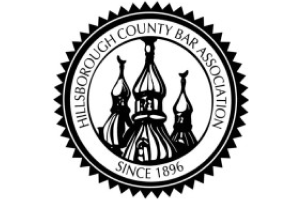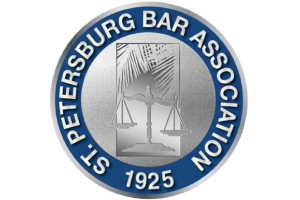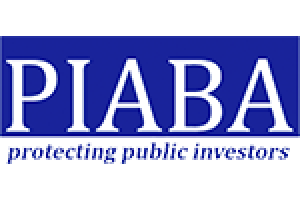Artificial Intelligence (AI), as it develops capabilities far beyond ‘program trading’ has the potential to greatly impact the world of investing in the stock market. In the past decade, technology has advanced greatly, leading to its use in a wide range of industries, including finance. While there is still some uncertainty about how AI will…
Continue reading ›wins $11.5 million
against Morgan
Stanley, as reported
in Barrons









